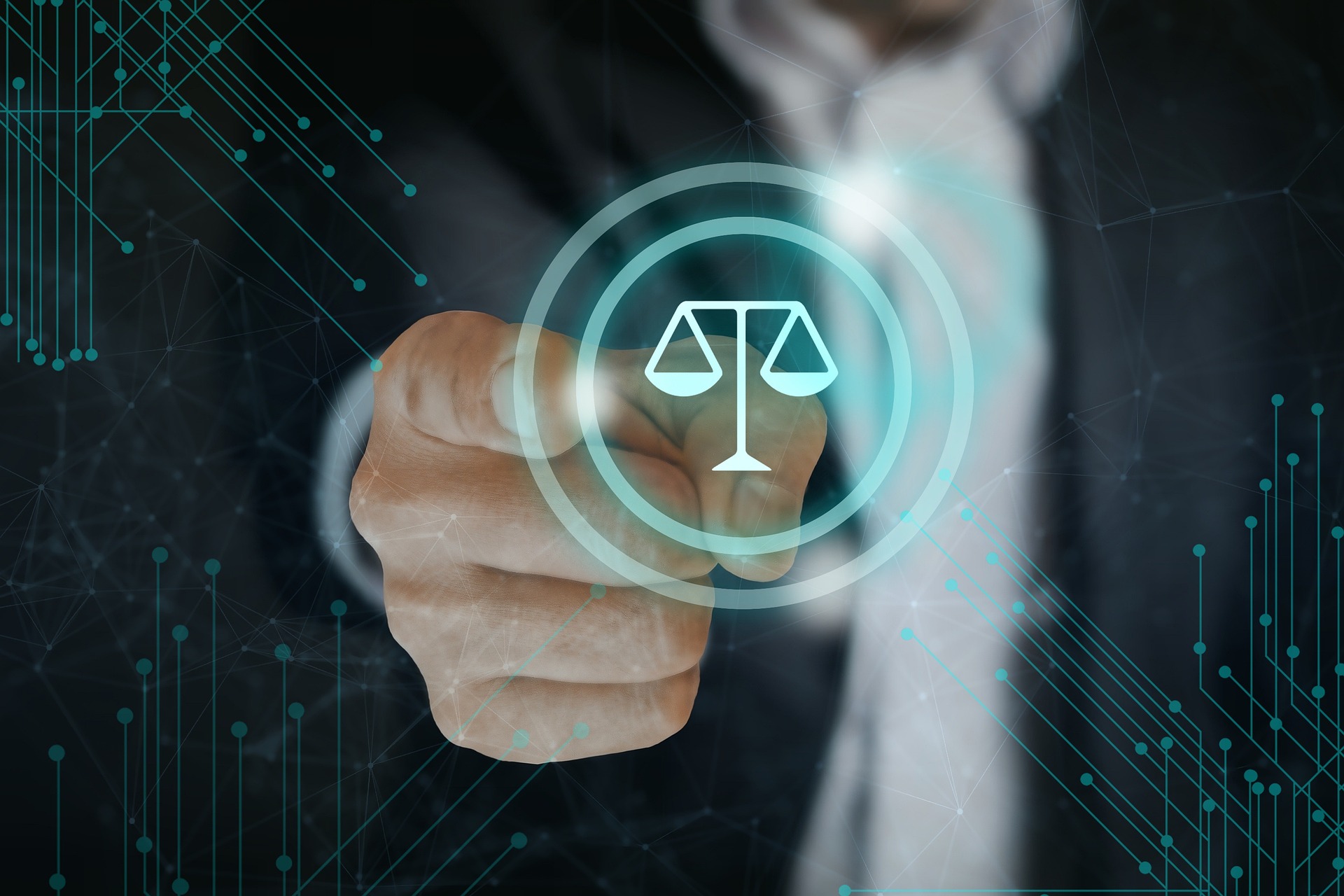The Implications of Redistricting on the American Democratic Process
The process of redistricting, a critical and often contentious aspect of the American political process, is currently underway. This article takes a closer look at the legal and societal implications of this process, offering readers an up-to-date perspective on a topic that is not often discussed but has far-reaching consequences.

Redistricting, in simple terms, involves the redrawing of electoral district boundaries. This process is carried out every decade following the census to ensure equal representation of citizens based on population changes. However, the process is often mired in controversy, with accusations of ‘gerrymandering’—the manipulation of district boundaries for political gain—frequently leveled against the parties in power.
An Overview of Redistricting Laws
The law governing the redistricting process is a patchwork of constitutional provisions, federal laws, and court rulings. The basic requirement is that districts must be equal in population, a mandate derived from the ‘one person, one vote’ principle upheld by the Supreme Court in the 1960s.
However, the high court has been less clear about the legality of partisan gerrymandering. In a landmark ruling in 2019, the Supreme Court held that partisan gerrymandering claims are not justiciable, meaning that they cannot be resolved by federal courts. This has left the regulation of partisan gerrymandering largely in the hands of individual states, leading to a wide variety of standards and practices across the country.
Current Developments in Redistricting
Following the 2020 Census, the process of redistricting is currently underway across the United States. The results will have significant implications for the 2022 midterm elections and beyond. The ongoing process has already sparked legal challenges in several states, with more expected to follow as the newly drawn maps begin to take effect.
In some states, the process is overseen by independent commissions in an effort to reduce partisan bias. However, in many states, the process is controlled by the party in power, leading to accusations of gerrymandering.
Impact and Implications of Redistricting
Redistricting has significant implications for the democratic process. In a system where the majority rules, the drawing of district lines can determine which party has the majority in a state legislature or in the U.S. House of Representatives. This can affect policy outcomes on a wide range of issues, from education and healthcare to tax and environmental policy.
Moreover, critics argue that gerrymandering undermines the principle of equal representation. By creating districts that favor one party, politicians can essentially choose their voters, rather than the other way around.
In The Future of Redistricting
The future of redistricting in the United States remains uncertain. The Supreme Court’s refusal to intervene in partisan gerrymandering cases has left the issue largely up to individual states. Some have taken steps to reduce partisan bias, but many have not.
In the meantime, the process of redistricting continues to play a crucial, if often overlooked, role in the American democratic process. As the process unfolds across the country, it will be important to monitor the implications for representation and democracy.
Despite the challenges, understanding the importance and impact of redistricting is a critical step towards ensuring fair and equal representation for all citizens. It is hoped that this article will inspire readers to take a more active interest in this crucial aspect of our democracy.




